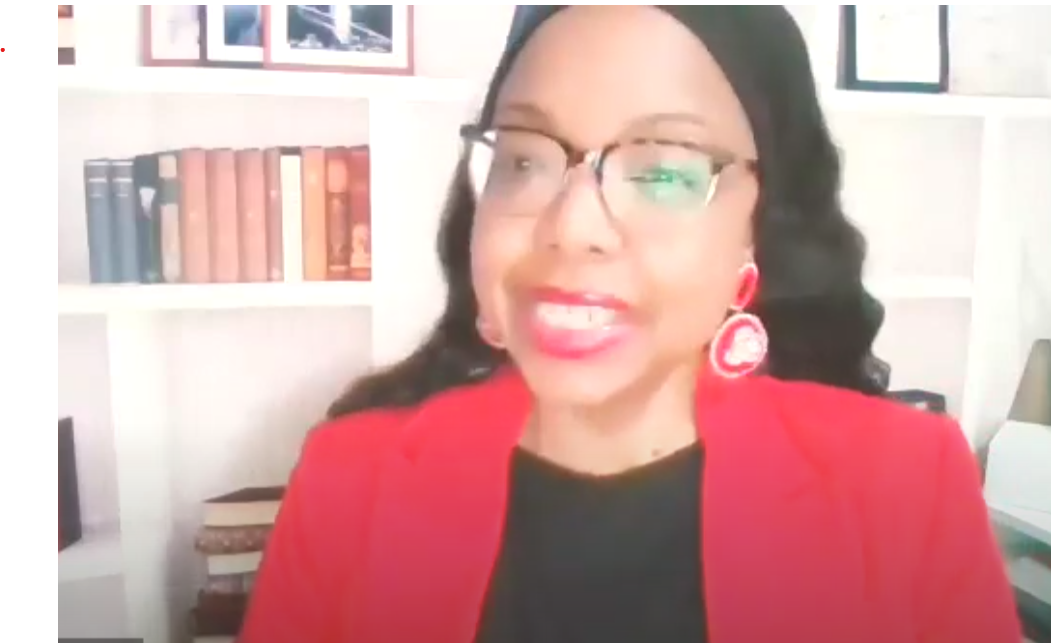Confidently collect and respectfully use intersectional data to celebrate and monitor progress toward creating an inclusive work culture and coveted sense of belonging within your organization. Empower leaders at all levels of the organization to demonstrate a meaningful commitment to inclusion and to create spaces where all team members can thrive. Organizations that promote understanding and build the capacity of all staff in supporting new hire success is good for new and existing team members in all their rich diversity.
Welcome to the Gender-based Analysis Plus (GBA+) Inclusion Roadmap to
Applied Inclusive Data-driven Decision-making in daily workplace interactions & practices
Intersectional Data Collection & Roadmap to Inclusion
Why Collect & Monitor Intersectional Data in your Organization?
- More likely to outperform their peers
- Twice as likely to meet or exceed financial targets
- Eight times more likely to achieve better business and organizational outcomes
- Almost every sector is experiencing shortages
- Yet talent pools remain untapped as many women, newcomers, racialized communities, persons living with disabilities, and Indigenous Peoples are under-employed
- Genuinely explore existing practices and how to make them better – more inclusive
- Elevate discussions in the workplace that overlap with Inclusion, Diversity Equity and Access Solutions (IDEAS)
*Quick Facts 50-30 Challenge & Di – Diversity Assessment Tool
Promote Understanding & Engagement
Know Where You Stand
Understanding where you currently stand in your diversity and inclusion efforts is the first step to creating a community of belonging. In a workspace, a culture of belonging means that people of all backgrounds and characteristics feel welcome, and respected and can bring their full selves to contribute to the success of the organization.
Develop a Customized Data Collection Roadmap
Steps to consider in developing a customized Data Collection strategy are outlined in the Getting Started section below:
Roadmap Resources will Explore
- How to prepare for successful GBA+ data collection
- Sample baseline survey questions
- Sample summary report template for a survey of this nature
- Tools and resources to put your findings into action and guide the next steps in your (DEI) journey

Enjoy the Journey!
Customized Tools for Your Organization
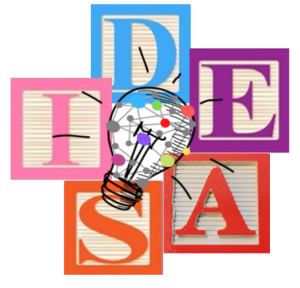
Organizations:
- Will be at different stages in collecting and using data to become an inclusive employer of choice
- Can strengthen the overall capacity of leaders at all levels by promoting understanding and value for inclusive work practices in routine workflow and daily interactions
- Can explore the lessons learned and best practices shared by others embarking on a DEI road trip of their own
- Can expect to review, revise and improve their strategy as they progress through the solution and their DEI journey
The tools and resources in this solution provide a roadmap to collecting baseline data to drive impactful insights and actions on your journey to create a community of belonging where all team members can succeed.
Let’s Get Started!
Take What you Need & Make it your Own
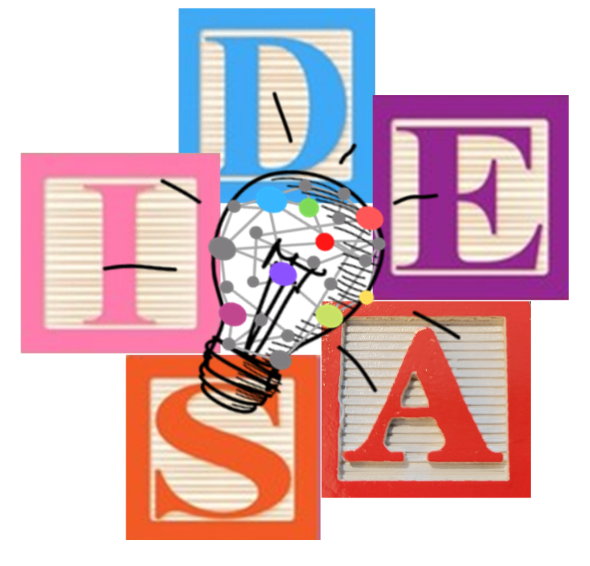
Getting Started!
Prepare Your Roadmap for Your GBA Plus Journey
- Current level of awareness of the benefits of promoting diversity and inclusion within an organization.
- Alignment of inclusion and diversity data collection with the vision, mission, and values of the organization
- Preliminary training and capacity-building requirements to support the organization’s forward motion
- Establish a lead and/or team to develop and drive the GBA+ data collection strategy
- Determine what you know and don’t know about the diversity within your organization and your community
- Approach this work from an Operations and HR-driven innovative continuous improvement perspective

![]()
Complete this activity:
This activity will help to explore how your Vision Mission and Values are aligned with inclusion and diversity efforts.
Developing Your Data Collection Strategy
- Review sample questions that have been drawn from best practices and lessons learned
- Develop your survey content, format, implementation timeline
- Create a communication strategy to promote engagement and buy-in
- Conveying a genuine interest in celebrating the diversity within your organization and why it is important
- Sharing the benefits and how diversity, equity and inclusion (DEI) are aligned with the vision and values of the organization
- Acknowledging that each of us is who we are today because of our unique backgrounds, characteristics and intersecting identity factors such as race, ethnicity, religion, gender, disability, sexual orientation, age, socioeconomic class, and more
- Considering how privacy will be protected and reviewing relevant guiding regulations and agreements for your organization
- Establishing the method(s) to be used to collect the data
- Identifying the type of information and questions respondents within the organization will be asked
- Conveying how the information will be used
- Exploring and analyzing potential survey questions and format
- Developing a data collection timeline and supporting communication plan
- Start and End Date
- What and Why of the Survey
- How privacy will be protected
- How the data will be used and reported (i.e. aggregate & shared with Organization etc.)
- Next Steps following the survey
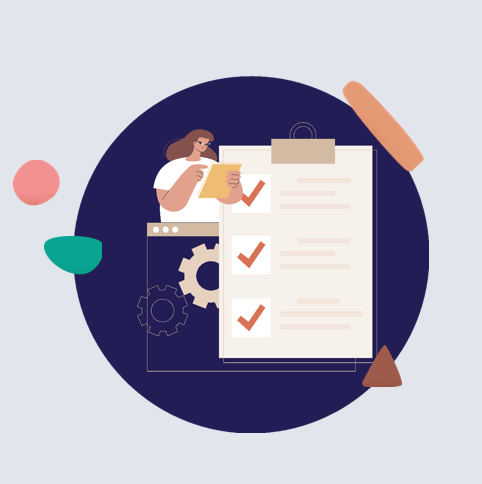
![]()
Check out this sample survey:
The questions in this sample survey reflect lessons learned and provide a road map for organizations navigating questions to incorporate into their custom diversity, equity, and inclusion, (DEI) survey.
Knowing Where You Stand
When the survey is closed!
- Responses are collected and analyzed by a 3rd party or internal representative, trained in the respectful interpretation and handling of confidential information
The summary report below provides a template for how the organization can organize their findings and tap into available corresponding data through Statistics Canada, Indigenous and other relevant community sources
- Cross-reference the internal GBA+ data with the corresponding intersectional demographic data for their community and nation
- Explore the internal diversity and inclusion status of the organization to gain insight into how well the organization reflects the rich diversity of their community
- Presenting your aggregate data in a summary report similar to the sample provided below will assist the organization in identifying potential representation gaps and developing insight into the areas of interest and opportunities expressed by survey respondents within the organization

![]()
Check out this sample summary report
Review the sample summary report to gain a sense of the insights to be gained from collecting data of this nature.
Using GBA Plus Data to Drive Diversity and Inclusion
What’s Next?
You have completed the Survey and developed a Summary Report – What’s Next?
- Implementing a GBA+ Baseline Survey and providing the organization with a concise Summary Report will flag potential opportunities
- To further engage the organization in establishing the next steps of your GBA+ Roadmap, we recommend exploring the following free resources.
The IDEAS Innovation Challenge
Provides a set of tools and resources that any organization can use across its journey to engage the organization in DEI solution-building.
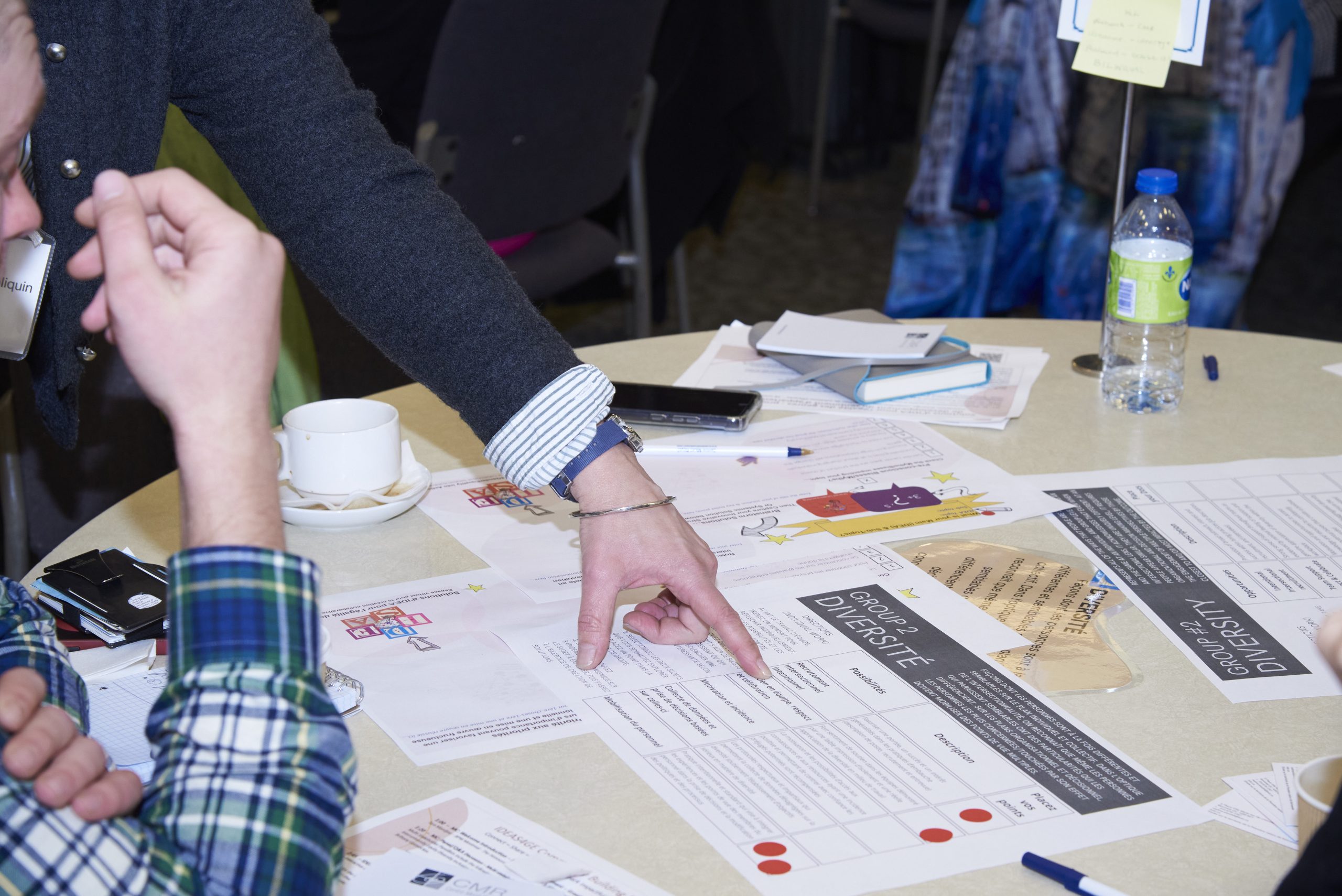
![]()
Check out the Innovation Challenge Resources
Review the sample summary report to gain a sense of the insights to be gained from collecting data of this nature.
The Diversity Assessment Tool – (DAT)
Is a free resource for businesses and organizations of any size. It was developed by the Diversity Institute with the Toronto Metropolitan University a 50-30 Challenge Ecosystem Partner and valued supporter of the 1st IDEAS4GE Community Event.
- Governance, Leadership and Strategy
- Recruitment, Selection, and Promotion
- Values and Culture
- Measurement, Tracking (Equity, Diversity, and Inclusion)
- Diversity across the Value Chain
- Outreach and Expanding the Pool
If you have questions about the application, please feel free to send an email to da****@*******mu.ca for support.
- Link to English DAT Application
- Lien vers l’application du DAT en français
The 50 – 30 Challenge What Works Took Kit
The What Works Toolkit is an online toolkit, designed for Canadian organizations looking to adopt equity and diversity initiatives within their organizations. It includes tangible actions organizations and individuals can take, resources designed to set out policies and approaches for recruitment, mentorship, promotion, and retention of board members and employees, as well as anti-racism, anti-harassment, and inclusive workplace strategies, and other related relevant activities and initiatives. The toolkit also features examples from Canadian organizations, profiling diversity successes.
- Link to English WWTK
- Lien vers French WWTK
Exploring Your Community – Resources and Links
- Your Municipal, Provincial, and Territorial Websites, Economic and Workforce Development, Boards of Trade/Chambers of Commerce, Universities and Colleges, United Way, and local library can all assist in seeking out specific community data and/or to establish relationship with community organizations.
Recognize that no one source will provide you with the full picture. For example, there are segments of the Canadian population that may not participate in national census activities. In addition, although there are lots of other sources such as AreaVibes Canada or real estate data that can offer some valuable insight, it is helpful to keep in mind the source of information and that it was collected to meet the particular needs of the industry or organization being served.
The good news is that there are many trusted and accessible sources for you to explore and many organizations eager to strengthen relationships within the community.
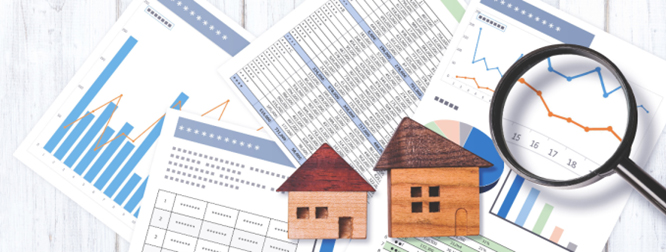
![]()
Check out this resource:
Explore links and tips on how you can access reliable community-focused data.
Community Outreach and Action to Support Your IDEAS Goals
- Foster community awareness
- Build reciprocal relationships to promote inclusion and diversity
- Advance diversity and inclusion within your organization
- Cultivate a community of belonging
- Broaden your recruitment network
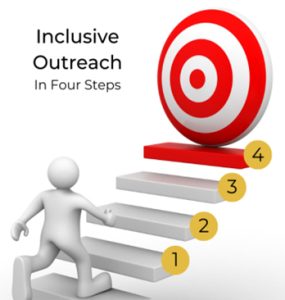
About the IDEAS 4 Gender Equality Project
IDEAS is an acronym for Inclusion, Diversity, Equity, Access and Sustainable Solutions. (IDEAS_Defined_EN-FR-Resource)
- Incorporating IDEAS into the Diversity, Equity and Inclusion (DEI) strategy and aligning it with the Vision, Mission and Values of the organization can promote awareness and understanding of the benefits of diversity and inclusion in the workplace.
- It can engage underserved and underrepresented individuals and communities by removing barriers and addressing structural inequities.
- Organizations that embrace IDEAS foster cultures that promote belonging, minimize biases, broaden their community appeal and outreach, expand their candidate pool and improve performance indicators.
Learn more about the IDEAS4GE Project and how multi-stakeholder Solution-builders collaborated in the development of this resource.
Acknowledgements
The GBA+ Data Collection and Monitoring Strategies outlined in this resource build upon the equity, diversity, and inclusion (EDI) practices used by many experts in this field of endeavour. The sample intersectional GBA+ survey questions and summary report are based on the lessons learned and experiences of a non-profit organization and stakeholders exploring how to better understand and celebrate the diversity within their organization. Additional best practices and tools and resources are shared by DEI ecosystem partners to help organizations to use their DEI data to create a culture that promotes an inclusive community of belonging for all.
Special Thanks to the IDEAS4GE Solution-Builders, Challenge Participants, Break-out Group Facilitators and Recorders – their interest, time and feedback made this solution possible.
Disclaimer:
Information in this resource is provided solely for the user’s knowledge. While extensively researched and considered accurate, it is provided strictly “as is” and without warranty, either expressed or implied. The IDEAS4GE Team and Solution-builders or associates will not be liable for any damages, direct or indirect, or lost profits or data arising from your use of the information presented in this resource. Use of this free resource constitutes acceptance of these terms and conditions.
Note: that the terms and acronyms used in this resource are provisional and reflect the general understanding at the time of the solution design (2024).


